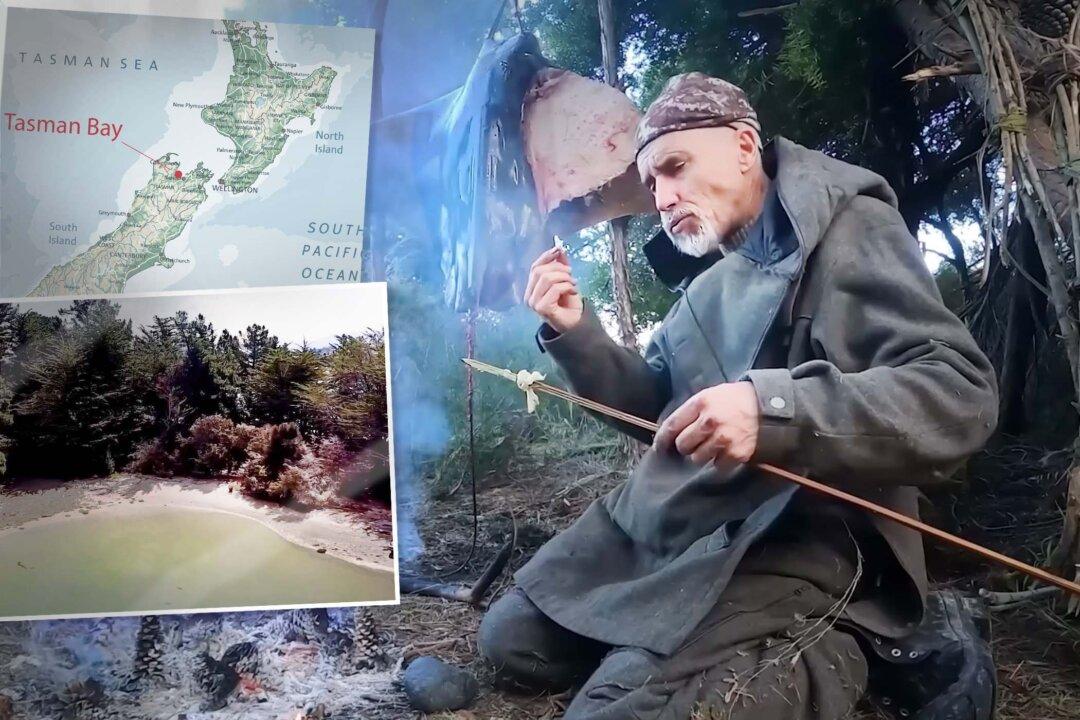You should push yourself to do things you’ve never done before—like going without food for a few days.
The reason? It’s good for your brain and hones your survival skills, according to one New Zealand survival expert.

You should push yourself to do things you’ve never done before—like going without food for a few days.
The reason? It’s good for your brain and hones your survival skills, according to one New Zealand survival expert.